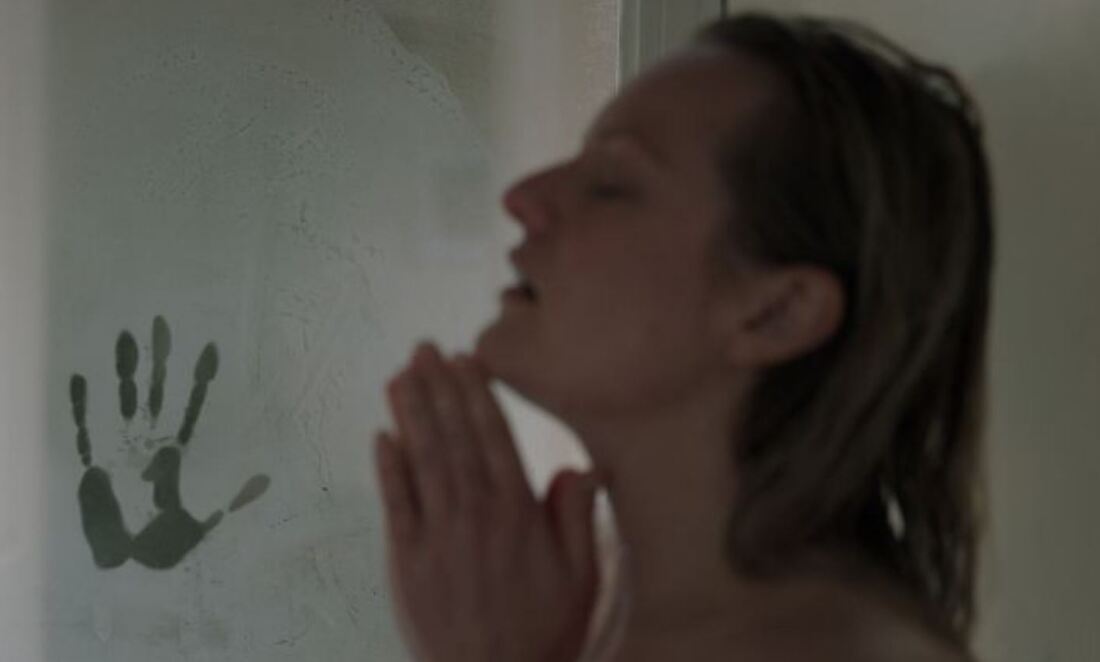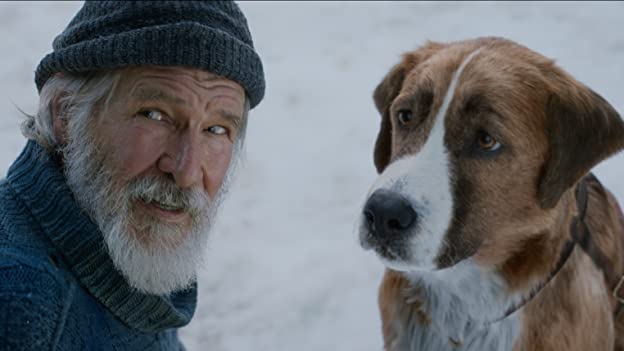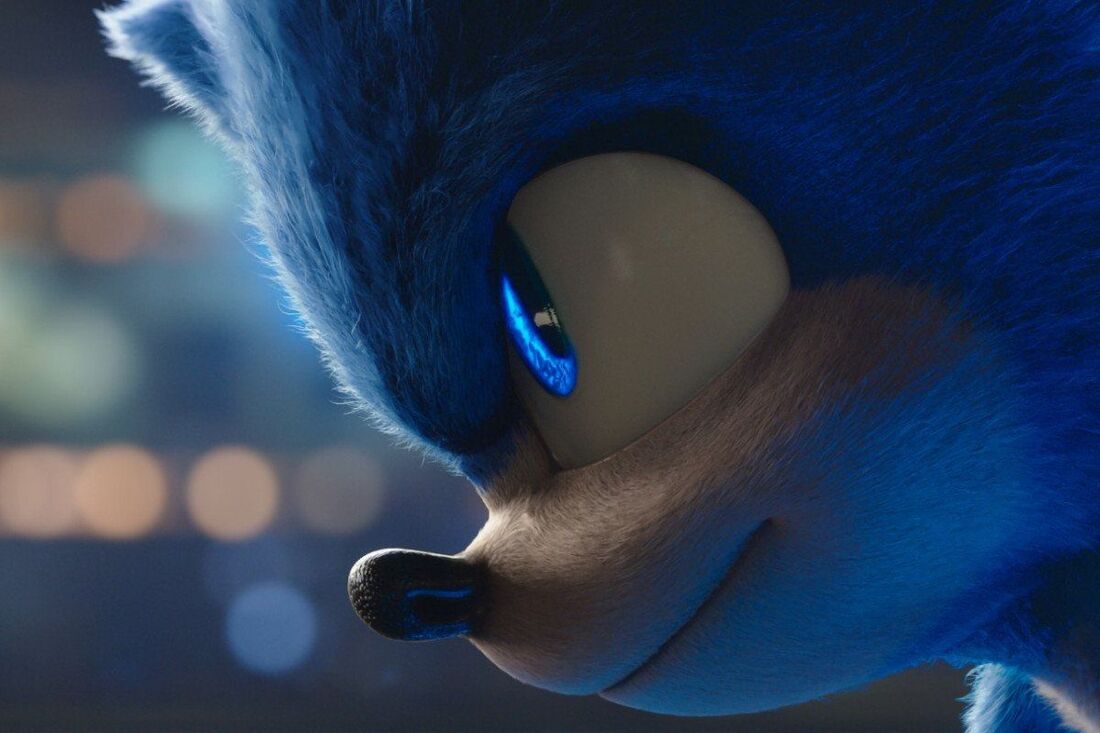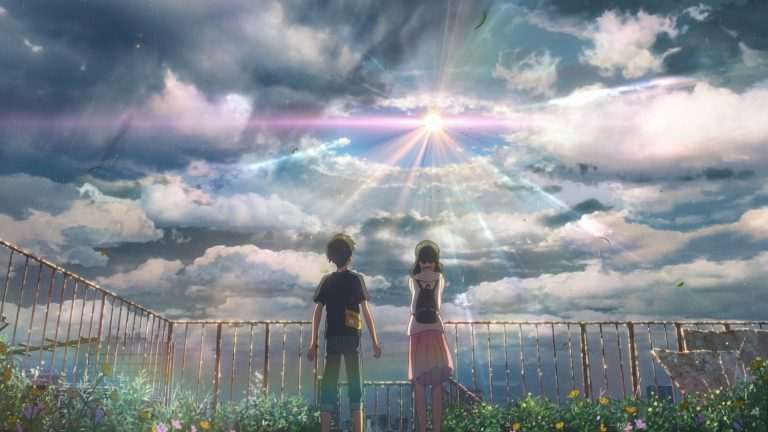|
by Philip Price Director: Leigh Whannell Starring: Elisabeth Moss, Oliver Jackson-Cohen & Harriet Dyer Rated: R Runtime: 2 hours & 4 minutes I've said it countless times in reviews for the likes of 2009's “Friday the 13th,” Ryan Coogler's “Creed” and the Safdie Brothers' “Good Time,” but I'll say it again as one can glean very early on that there has been tremendous care and a deep pride taken in crafting writer/director Leigh Whannell's (“Upgrade”) re-interpretation of the H.G. Wells story, The Invisible Man, and we know this due simply to the way in which the title sequence is conveyed. Do I wish Whannell and co. might have saved the main title until after the breathtakingly tense opening sequence? Absolutely, but does this take away from the fact Whannell pays homage to the 1933 adaptation starring Gloria Stuart by opening on such a classic horror setting as a stormy night in a mansion perched upon a hill as the falling rain outside gives only the slightest hint of light in the dark (almost as if the film were in black and white) as the rain drops begin to outline text across the screen? No, no it does not. Not at all. And have no fear, for the entirety of this review will not consist of how well this little touch of brilliance sets the table for everything that comes after but know that everything that comes afterward is all nearly as brilliant.
2020's “The Invisible Man” is both a product of its time in that it casts Elisabeth Moss in the lead as a suppressed, but capable woman stuck in an abusive, controlling relationship who - even when she escapes her brutal fiancé (Oliver Jackson-Cohen) - has a difficult time accepting this freedom due to the nature of her life as it was with him and of course, her worst fears come to be realized when she not only senses that Adrian is still alive after it's been reported he killed himself, but through how he terrorizes Moss' character by slowly cutting ties with every person in her support system and painting her as the one who has lost her mind. This is what makes “The Invisible Man” so frightening as the film itself is not necessarily "scary", but it’s a critical look at manipulation and the power this allows not only for one person to have over another, but how this power spreads to other people’s perception of you leaving one with their own self-doubts despite knowing deep down they aren’t the crazy one. Adrian is a master manipulator who gaslights Moss' Cecilia to the extent that, as a viewer, your frustration is boiling over by the time Whannell reaches his third act; not to mention the shock and rawness through which the director has executed this psychological breakdown given the rather fantastical elements of the scenario. In short, “The Invisible Man” might not break any new ground as far as story or scares go, but it does what it intends so well that it's difficult to deny the effectiveness of the monster or the message.
0 Comments
by Philip Price Director: Chris Sanders Starring: Harrison Ford, Omar Sy and Cara Gee Rating: PG Runtime: 1 hour & 40 minutes Director Chris Sanders, a man who has made his bones on animated features like “Lilo & Stitch,” “How to Train Your Dragon” and “The Croods,” might not seem like the first choice to adapt a novel originally published in 1903 with a story that follows a dog named Buck and contains a sentence that is described in as frank a nature as, “They closed in upon her, snarling and yelping, and she was buried, screaming with agony, beneath the bristling mass of bodies,” and yet that’s exactly where we find ourselves with this latest adaptation of the Jack London novel in 20th Century Studios’ “The Call of the Wild.”
Though I’d never read the relatively short novel the film is based on nor had I seen either of the previous film incarnations (Clark Gable starred in a 1935 version while Rutger Hauer starred in a 1997 version) given the marketing campaign and the PG-rating I hadn’t anticipated that the source material was as brutal and unflinching as it apparently is especially when considering the fact that it’s immediately apparent that Sanders’ version of this story is one for families to enjoy and for dog/animal lovers to find the purest of entertainment in. Of course, this is mostly what I did expect from this version and so it more or less went without saying that despite much of the fuss in the run up to the release centering on the animated lead and the inherent comedy in picturing Harrison Ford acting opposite a tennis ball the fact Sanders’ background is in animation and the fact the project rung with a sense of commitment and passion for Ford more or less led to a more rewarding experience than a ridiculous one. Yes, there are still moments in which the CGI is heavily relied on and the animals look about as real as a stuffed animal, but more times than not the CGI-renderings of these wild creatures look and feel exceptionally real. This brings us to what 2020’s “The Call of the Wild” does well in that, despite our lead character-Buck-being a CG creation (with the help of Terry Notary), the film genuinely allows its audience to invest in Buck as a character and chart his journey as we are not only endeared to his personality, but we root for him in the sense that wherever his passions lie, we hope his strength takes him there. This, of course, is why Sanders and co. would want the freedom a CG Buck might afford them and, while likely not faithful to its source material in any true way, this Michael Green-penned adaptation conveys more a journey of growth and catharsis than it does a simple, three-act piece of family entertainment which, unlike almost everything else about the film, was completely unexpected. by Philip Price Director: Jeff Fowler Starring: Ben Schwartz, James Marsden & Jim Carrey Rated: PG Runtime: 1 hour & 39 minutes “Sonic the Hedgehog” is the kind of straight-down-the-middle piece of live-action family entertainment that we just don’t get as often as kids fed on this particular genre in the ‘90s were once accustomed to. At a certain point in time, it seemed as if audiences on the verge of puberty, but not quite there, were delivered a sports-themed adventure or underdog story featuring kids their own age on an annual basis-whether it was “The Sandlot,” “The Little Giants,” “The Mighty Ducks,” “The Big Green,” “A Kid in King Arthur’s Court” or “Angels in the Outfield” - the point is there were plenty of options not only for the youngest of youngsters, but for tweens before people even knew what tweens were.
Lately though (and when I say lately I mean the last 25 years or so) that demographic has been lumped in with the more sophisticated audiences required to digest the lofty animated expectations of studios such as Pixar. That said, having never been a fan or player of “Sonic the Hedgehog” there was no real emotional or nostalgic connection to the original Sega property or its many animated incarnations over the years. As a live-action adaptation of a popular ‘90s video game is the closest we get to any of those aforementioned titles these days though, director Jeff Fowler’s feature directorial debut then fills the nostalgic void left by the absence of such titles by default. Fowler and/or Paramount Pictures seems to have known this to be the case thus their main objective becoming to not only entertain the kiddos of today with an updated take on a character they might have seen an episode of or played a game with at one time or another, but also to hone in on the same fan base that threw a fit when the first, original trailer for the film was released and the design of the titular character garnered such backlash that the studio delayed the release of the film and re-designed its CGI star completely. That is to say, not only did Paramount realize there was a large fan base for this property, but a passionate one as well and one that was not only anxious to see a childhood favorite get the live-action treatment, but to re-capture the feelings this character inspired and to re-live this time in their lives that Sonic represents. To this extent, Paramount went the extra mile and hired Jim Carrey to play the role of the antagonist in the evil Dr. Robotnik. This isn’t the Jim Carrey of “Mr. Popper's Penguins” or even “Yes Man” though, no, this is the Jim Carrey of “The Mask” or “Ace Ventura” as the 58- year old pulls off his most physically comedic role in what feels like forever to what I can only imagine is the pure joy and delight of 30-year olds everywhere. It is this combination of Carrey playing the hits combined with the genre re-vamping that leads to “Sonic the Hedgehog” being as appealing as it ends up being, for despite not having any nostalgic connections to the character itself, these elements make up for this as Fowler’s film more or less accomplishes what it sets out to accomplish and will satisfy any resident of the 16-bit gaming era while still not mustering enough excitement to write home about it…and if I remember anything about “The Adventures of Sonic the Hedgehog” from my Saturday morning binges in 1993 that feels about par for the course. by Bryce Ratliff Director: Makoto Shinkai Starring: Kotaro Daigo, Nana Mori & Shun Oguri Rated: PG-13 Runtime: 1 hour & 52 minutes “Weathering With You” is director Makoto Shinkai’s follow up film to his 2016 smash hit (and one of my personal favorite films), “Your Name.” That film became successful beyond anyone’s expectations, surpassing Hayao Miyazaki’s “Spirited Away” as the highest grossing anime film of all time. The film was also met with acclaim from both fans and critics, which makes “Weathering With You” a hard film to put out into the world. It’s similar to the situation that director Jordan Peele found himself in after making another smash hit “Get Out” and then following it up with “Us.” How does a director follow up a widely deemed masterpiece with a film that doesn’t feel underwhelming? Well, I am delighted to say that Shinkai has done just that with “Weathering With You” a film that is timely, moving and ultimately triumphant in its commitment to Shinkai’s fantastical ideas.
The film centers on Hodaka, a runaway 16 year old boy living in Tokyo, and Hina, an 18 year old girl who is raising her little brother without any parental help. After meeting they become business partners by selling a particular skill that Hina has – the ability to control the weather. This particular ability is referred to as being a “sunshine girl” because as of late Tokyo is in a constant downpour of rain. The two begin to run this mystical business successfully while also becoming personally entangled in the process. And, of course, with this being a Makoto Shinkai film, there are plenty of emotional surprises along the way for the two characters. One thing Shinkai does masterfully in this film is building such beautiful human connections between the characters. Hina and Hodaka’s relationship from beginning to end feels so natural and wonderful to watch. The director has a handle on writing relationships that I can only describe as masterful. Hina and Hodaka are also surrounded by a terrific cast of supporting characters, particularly the wild wonder Natsumi, and Hina’s sly devil of a brother, Nagi. Everyone in the film feels extremely well developed and you just can’t help but wish you were friends with this bunch of misfits. Like “Your Name,” this film is a fantasy film centered on a single idea that Shinkai is fascinated with - the weather, the affect that humans have on it, and the affect it has on us. Without spoiling anything major, I believe the film presents a conflict that we all struggle with every day, self-interest versus the greater good for the environment. What are we willing to give up to put the world’s environment back in balance in the midst of increasingly erratic climate change? Is it worth it to sacrifice your own happiness to help the greater good? And if you’re a fan of “The Good Place,” like I am, the film also presents a scenario similar to the trolley problem: is it better to save one human life or better to improve the lives of a larger group of people? At the end of the film, I believe the message you leave with will largely be up to your own interpretation. I believe that the film ultimately provides an optimistic and nihilistic answer to the questions it proposes. On one hand, it says that humanity will often put its own self-interest above the greater good. It also suggests that humanity is trapped in a sense, between a rock and a hard place, we have to deal with both the grand struggles of the world’s problems (climate change) and our emotional struggles as well. On the other hand, I believe it emphasizes that despite all of the strife that goes on in life, if you focus on the people that you love and the simple things in life (such as a blue sky on a sunny day) everything in life will ultimately be OK. At the end of the film, I left feeling full of wonder and surprise at the emotional and fantastical heights that Shinkai took me to. I was also in awe of his commitment to his ideas. In most mainstream movies, this story would have been watered down and ended with no sense of consequence or lingering questions. “Weathering With You” asks ambitious questions, takes daring risks, and goes to unexpected places. It stays true to the rules it sets up and finds no easy ways around the broader conflicts presented. It’s a delight and a work of art; another win for director Makoto Shinkai. |
Archives
July 2024
|



